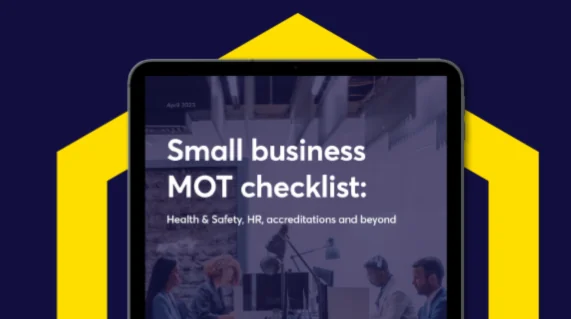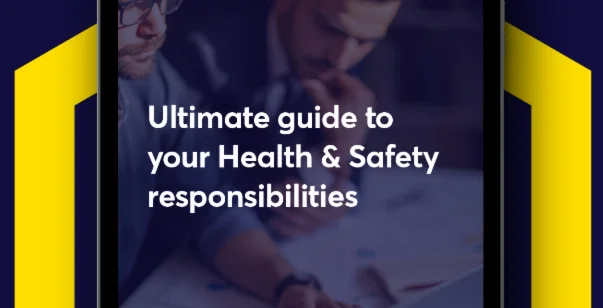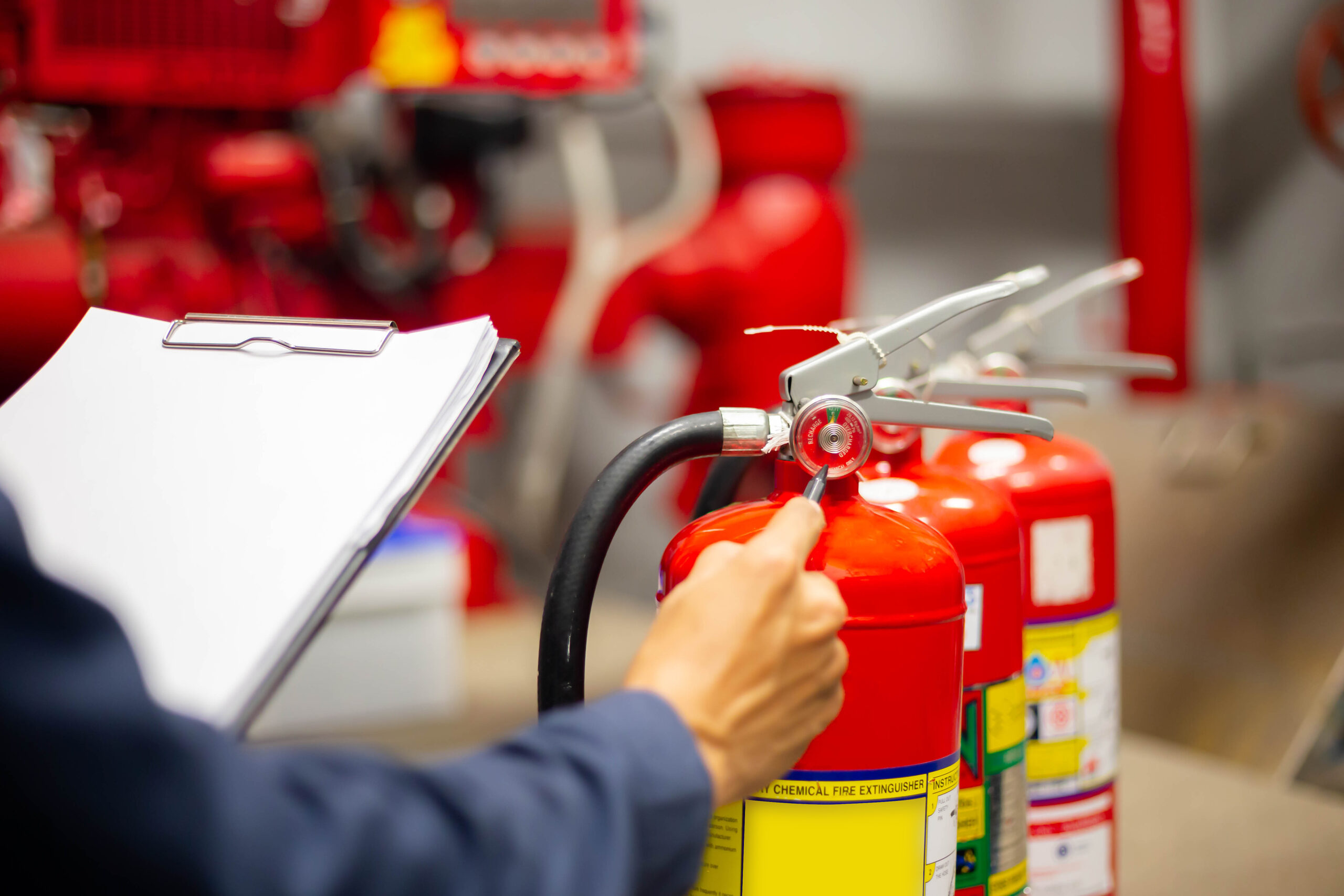You’ve probably heard the phrase “method statements” thrown around in a number of industries, but if you’re feeling a bit in the dark, you’re in the right place. Keep reading to find out how method statements should be used and how you can get one in place.
Method statements – what are your legal obligations?
Let’s get the important question out of the way first – are method statements a legal requirement? The short answer is no, they’re not, but you’re not here for the short answer. Let’s get into it.
While they aren’t required by law, method statements are a proven way to plan, manage and monitor work, particularly in the construction industry. It’s basically a document that details exactly how the work is going to be carried out safely. A good method statement will describe safety precautions in high-risk environments to control risks and cover any personal protective equipment (PPE) and Health & Safety training procedures. They might also include arrangements for dealing with serious or imminent dangers.
When is a method statement required?
A method statement isn’t required by law, but having one is best practice – it’ll allow the job to be properly planned with the right Health & Safety resources already in place before work begins. It’ll also mean other contractors working at the site will be aware of any effects the work will have on them. There’s also a chance that clients you’re working with will request method statements to be provided before starting a job with you.
If it isn’t a legal requirement, why should you carry out a method statement?
It’s a good question – why would you spend time on a document that you don’t really need? Well, firstly a method statement is a deep dive into how to implement control measures rather than just suggesting them like a risk assessment does. This way, there’s no confusion – it provides other contractors and your own teams with a ready-made checklist for safety precautions.
Safety at work sites is all about keeping people safe and reducing those statistics – injuries and work-related illnesses are common and fatal injuries are three times more likely in construction than in all other industries.
In 2022, the Health & Safety Executive reported an estimated 78,000 work-related ill health cases in the construction industry – and method statements are a great way to make sure your workers stay uninjured and healthy throughout your process. Ill health in your workers could cost a lot of money, so it’s vital to make sure you’ve got safe systems in place.
Putting together your method statement
So you’ve identified and logged all the risks in a risk assessment already, and now it’s time to put together a method statement. Not sure where to start or need help writing a method statement? Why not check out our blog post on writing a method statement?
We also have an extensive range of method statements available, so if you need to save time, we’ve got you covered. We have everything from groundwork to scaffolding to plumbing. Plus, we also have blank method statement templates that you can tailor to your specific job if that suits your needs better.
Get expert support from HS Direct
With decades of Health & Safety experience, our team of experts have supported thousands of clients across the UK with getting their policies, procedures and overall compliance in check. Not only can we provide you with our great range of Health & Safety templates, but our experts can complete some for you – including your method statements! Just get in touch with our team on 0114 244 4461 or fill out our contact form and we’ll assist you with any queries or advice you need.









